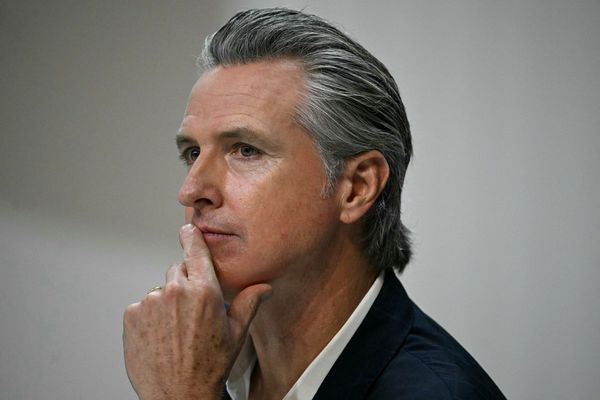
Cabinets of curiosities were all the rage in the 18th century; before modern museums existed, private collections of natural phenomena were the true markers of status. One of the largest belonged to Albertus Seba, a Dutch pharmacist and zoologist. He eventually published a four-volume book, Cabinet of Natural Curiosities, a stunning, exhaustively detailed document of exotica that became a touchstone of taxonomy and symbol of the Enlightenment.
Seba’s book inspired Nederlands Dans Theater’s house choreographers Sol León and Paul Lightfoot, along with Crystal Pite and Marco Goecke, to create a ballet: Kunstkamer. The Australian Ballet artistic director, David Hallberg, secured it for the premiere performance outside the Netherlands, and it isn’t hard to see what attracted him to it. It’s a bold, expansive work, and fiendishly complicated – the kind that challenges a dance company to reach out for new modes of expression. A status marker.

Tempting though it is to catalogue the various choreographers’ stylistic quirks, Kunstkamer actually works best when viewed as a cohesive whole, a meditation on connectivity and our desire for meaning. It has an often dizzying array of moods and textures, from flippant humour to aching romanticism, and it moves between them with lightning speed. But even its violent shifts feel beautifully integrated, the infinite variety seemingly bursting forth from a singular artistic vision.
It opens, after a haunting series of projections, with Hallberg himself, returning to the stage as a dancer after retiring in 2019. After a graceful frontal split, he turns to the audience and simply says: “Ouch.” He’s an extraordinary presence throughout, with hooded eyes like an owl and limbs like a brolga. Hallberg is brilliantly matched by guest artist Jorge Nozal, hunched over like a pantomime villain, his face a white mask straight out of German Expressionism. Together they create an unsettling image of spiritual oscillation, a toggling between light and dark; the whole ballet seems to emanate from their uneasy dynamic.
So much of the movement, especially in the first act, is jittery and jagged, the dancers’ elegant lines interrupted by angular extremities – a turned-out foot or a tilted head. Hands are constantly flitting around the upper body, before slapping down hard on the outer thigh. Animals are evoked, either directly or obliquely, but even here organic movements are stymied, contracted. It’s really only in the second act that the choreography loosens, allowing for some heart-wrenching romanticism. A theme emerges gradually, of a wildness barely contained, the sounds of breaking waves a reminder of a vast untameable world outside.

This is most evident in the extraordinary group work, with long lines of dancers undulating in waves. Bodies look controlled like marionettes, faces contorted into exaggerated laughs or screams – but they also break out into moments of pure lyricism and an individuated longing.
Several principal artists shine in solos or pas de deux. Callum Linnane is wonderfully sensual and commanding; Brett Chynoweth is, as always, daring and vivid; Amy Harris is gorgeously supple and poignant. The elevation of Lucien Xu from the Coryphées and Lilla Harvey from the Corps de Ballet is a lovely surprise; it’s terrific to see them given a chance to shine, and they rise effortlessly to the challenge. But best of all is the corps, thrumming with energy. León and Lightfoot’s dense choreographic language is worlds away from the demands of traditional ballet – but it also feels completely innate, as if contemporary dance were this company’s natural home.
The set design, by León and Lightfoot themselves, is magnificent, towering and severe. Three massive dark grey walls fold in and out, like pages in a giant book, doors opening everywhere like lift-the-flap insets. The monochrome costumes (Joke Visser, Hermien Hollander) are striking, the one flash of red hinting at the colouring process that followed Seba’s initial black and white illustrations. The music ranges from the baroque formalism of Purcell to the dreamy ambience of Ólafur Arnalds, all played superbly by Orchestra Victoria under the expert baton of Nicolette Fraillon. And the lighting design (Tom Bevoort, Udo Haberland, Tom Visser) is astonishing, creating corridors and pools or throwing menacing shadows.
Kunstkamer is a pinnacle of Hallberg’s tenure so far, a convincing indication of future directions. It allows for individual excellence, but it ultimately champions the interconnectivity of the whole, the way that divine individuality subsumes itself into the group, species into genus. This is contemporary dance as Regency fever dream. Like Seba’s cabinet, full of awe and awe inspiring.
Kunstkamer, performed by the Australian Ballet, is on at Arts Centre Melbourne until 11 June. It will also be livestreamed on 10 June.







